
Don’t Make Injustice and Destitution Everlasting!
The editorial of Jahan Sanat underscores that the Iranian people have been increasingly suffering from poverty, mostly due to the Iranian government’s policy of animosity toward the United States and the West.
Statistics offered by economists show that one out of every three Iranians living in Iran is poor and destitute. By destitution, we mean anybody who cannot have his or her basic needs met like shelter, water, bread and clothing, at a standard level.
The plight of Iranians is highlighted by the irony that most of the 26 million poverty-stricken Iranians have jobs. According to domestic institutions and based on the latest statistics of the World Bank, Iranian citizens started to suffer from poverty in the 2010s.
Studies show that as a result of the two variables of insufficient economic growth – which was 0.5% in that decade – and the accelerating rate of inflation in the 2010s, a widening gap of destitution was created in Iranian society which is very difficult to overcome. One can ask why the inflation rate in Iran has always been a two-digit number over the past 50 years and why economic growth has been 5.2% over the past 45 years.
Iran’s senior officials running the country after the victory of the Iranian revolution have always chanted slogans and made decisions to eradicate poverty and decrease inequality and have spent a huge portion of Iranians’ assets on realizing these slogans and plans. But as a result of erroneous strategic policies adopted by all Iranian governments, the situation has worsened for citizens.
Governments have been under pressure to keep the prices of goods low so that Iranian citizens’ purchasing power does not decline. This has been the worst strategy. Doubling down on this strategy has made most Iranians destitute.
The other notable point is that statistics for the 2010s show that the destitution of Iranian citizens was directly tied to the breakdown in Iran’s economic relations with the world due to the increasing sanctions imposed on the country.
Iranian citizens must be accurately and transparently informed about the future. They must know that the main cause for the growth in the inflation rate, the continuous decline in GDP and the widening gap of destitution is due to fighting the United States and the West.
Real Taxation in Next Year’s Budget
The editorial of Arman Melli explains that the increase in taxes in the draft of next year’s budget bill means more taxes on companies and businesses.
The truth of the matter is that if the draft budget bill is really implemented, it will be a positive move as it means that there will be an increase in tax revenues or a decrease in the share of oil income in the budget.
Naturally, all governments have been after decreasing the share of oil revenues in the government budget while increasing the share of taxes (so-called sustainable revenues). This will be to the advantage of Iran’s economy.
In this year’s budget, the share of taxes was 748,000 billion tomans, and now with a roughly 42% increase, it is going to increase to 1,122,000 billion tomans next year. The rate of taxation on imported goods has increased by 3.8%. All these numbers are good and promising.
But the key point is: does this increase in taxation mean there are new taxpayers? Is it due to a reduction in tax evasion? Or does it mean that existing taxpayers are now going to pay more?
It must be noted that if the tax authority adopts a proper mechanism, it can obtain more taxes by decreasing tax evasion and tax exemptions. The ratio of taxes to GDP in Iran is less than developed countries and even many neighboring countries. But naturally companies and businesses have been facing tough conditions this year which will undermine their ability to pay more taxes next year.
This is an important factor which raises questions regarding the projected tax revenues for next year, because a 42% increase in taxation is a huge number. Of course, there is a subtle point here and that is the fact that given the devaluation of Iran’s national currency and the inflation rate of about 45%, this increase in taxation for next year is equal to the inflation rate.
It means that if the inflation rate remains at about 40% until the end of the year, then the real value of taxes obtained next year will be equal to this year. So from a monetary standpoint, nothing important has taken place with regard to taxation. But what is worrying is that expenses, which includes taxes and wages, have increased by 18%. The government’s allocation to pension funds is about 340,000 billion tomans with the average increase of about 20% in the salaries of government employees and pensioners.
Now, the point is that the government is going to levy taxes relative to the inflation rate, but is not paying the salaries of its employees at the same level. One of the predictions about next year is to have the inflation rate at 30%. Even if that happens, the increase in salaries and wages of employees will be 50% less than the inflation rate.
Black Friday in Iran!
The editorial of Aftab Yazd explains how the idea of Black Friday in Iran does not make any sense as people do not have money to make purchases while stores are using this idea to defraud them.
The issue of Black Friday in Iran has turned into a bitter joke and each year it is getting worse. Why? That is because in any diseased economy like Iran’s, there is no such thing as massive discounts.
Apart from cultural issues, Black Friday is for those countries that have a strong economy and their people enjoy relative prosperity. On Black Friday, the renowned stores in those countries including Turkey, Iran’s neighbor, will try to sell those goods that are left in their stores by giving discounts on them. This will provide a win-win situation for both sides: big stores sell their goods and people with less purchasing power, too, will find the chance to buy their desired goods at lower prices.
But in Iran there are problems in this regard. Firstly, the discounts announced by stores in Iran are fake and unreal. This means that there are no discounts on goods; rather they are sold at higher prices. That is because stores in Iran are not on the same level as those in other countries and they take advantage of Black Friday to deceive people to spend their money. Also, in a country where most people are below the poverty line, Black Friday makes no sense as society as a whole has lost its purchasing power.
Finally, the situation of supply and demand in Iran is substandard which again makes Black Friday meaningless. As mentioned above, Black Friday in Iran has become a trick used by stores to make customers buy more. But it will not succeed anyway.
Why We Need Cuts in the Budget
The editorial of Arman Melli emphasizes that the government must turn to implementing budget cuts by eliminating unnecessary expenses.
Over the past years, one of the most pressing problems in the country’s budget and planning system has been the issue of budget deficit. In fact, one of the problems facing Iran’s economy in recent years is that the government’s revenues have been less than its expenses. And as its expenses have been more than its revenues, the government has suffered from a budget deficit. Meanwhile, economically speaking, there must be a balance for an efficient economic budget.
One month ago, it was said that 70% of the budget revenues have been realized, which means that 30% of its oil revenues have not been received. So if only 70% of the government’s revenues have been realized, then its expenses must decrease. But the government’s expenses are too high and every year we have witnessed a rise in expenditure.
For example, every year the budget of Iran’s state-run television (IRIB) has increased, while IRIB does not need to publish any newspaper. In fact, where in the world do they give subsidies to state-run television and radio for publishing newspapers?
On the other hand, there are several state news agencies, whereas in accordance with the law, one news agency would suffice. All these are using the public budget. The budgets of many of these organizations and institutions have increased every year. The unnecessary expenses of the government must be reduced.
If the government implements budget cuts, people will see the outcomes of this in their daily lives, the inflation rate will decline and economic stability will follow. If Ebrahim Raisi’s government is non-partisan as it claims to be, it must take advantage of this opportunity.

Forum to Promote Trade Opportunities Between Iran and Saudi Arabia
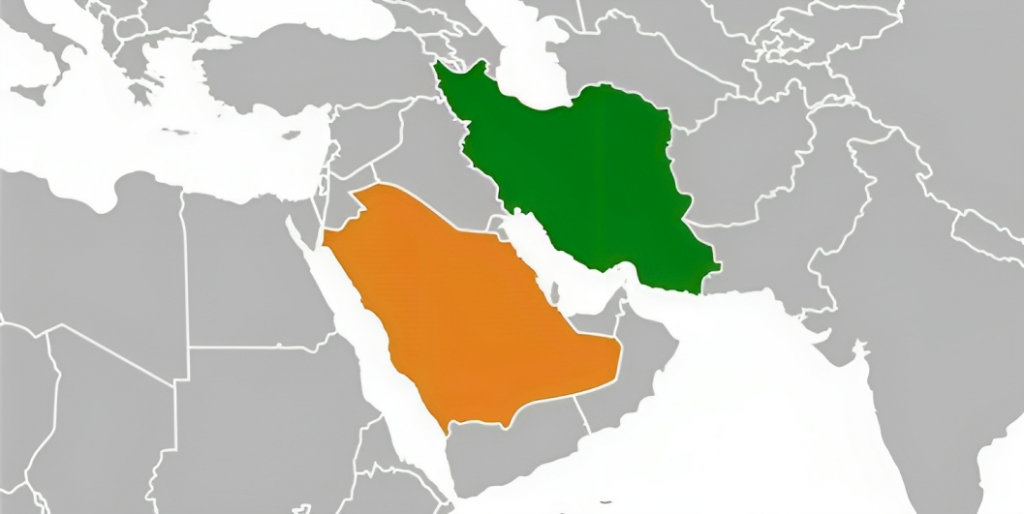
A forum for promoting trade opportunities between Iran and Saudi Arabia was held in the presence of officials from the Trade Promotion Organization (TPO) of Iran, representatives of the private sector and economic actors.
TPO Deputy Head for International Business Promotion Mohammad Sadegh Ghanadzadeh emphasized on developing trade relations with Saudi Arabia and removing obstacles, saying that given the fact that Iran-Saudi Arabia relations are being resumed after about 10 years, it is necessary to move forward based on proper, clear planning.
Pointing to initial implied agreements with the Saudi ambassador to Tehran, he added that in the initial meetings, they have reached the conclusion to move forward step by step based on a professional model as well as the process of trade and economic relations between the two countries.
According to Ghanadzadeh, given the fact that economic actors could not avail of trade opportunities for almost 10 years, it is necessary to understand the trade and economic capacities of both countries.
He added that it has been decided to hold joint economic and trade forums between Iran and Saudi Arabia, with the first being held in Tehran, focusing on different goods and services. Companies from the Saudi private sector are expected to attend this forum.
Ghanadzadeh said that the second joint trade and economic forum will probably be held in Saudi Arabia.
Another Iranian official pointed to Saudi Arabia’s annual trade worth $518 billion and the presence of global economic giants as Riyadh’s main trading partners, adding that expanding trade and economic relations with Saudi Arabia requires certain foundations which have not been established as yet.
He added that currently exports to Saudi Arabia have been resumed through neighboring countries, saying that in recent years, there has been zero direct trade with this county.
Interior Ministry’s “Highly Classified” Document on “Hijab Enforcers” Leaked; Newspaper Indicted
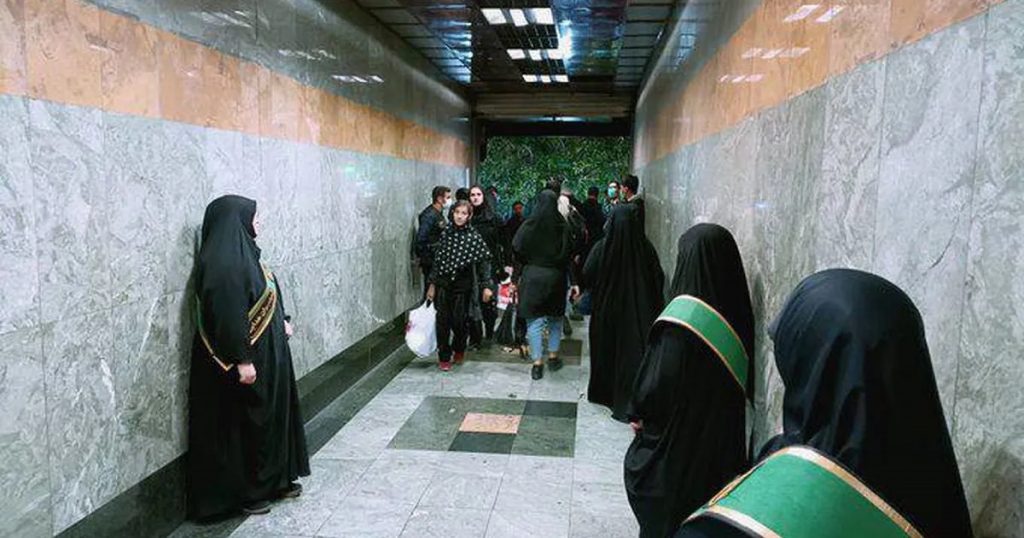
The Tehran prosecutor’s office has indicted Etemad daily for publishing an Interior Ministry “highly classified” document about hijab enforcers.
Etemad daily published a copy of a directive issued by the Interior Ministry which called for the “confrontation” and “arrest” of veilless women. The document also stressed “taking photos and making documentations” of women who disobey wearing the obligatory hijab in all public places, including in “all areas of subways” and even “in subway cars.”
This directive was disseminated four days after Interior Minister Ahmad Vahidi’s claim that no authorization was issued by his ministry about dealing with veilless women, saying groups of people were take caring of the issue “in the form of enjoining good and forbidding evil.”
The interior minister and the Tehran mayor have both tried to deny responsibility for deploying hijab enforcers at public places after extensive negative reactions in this regard. Previously, Tehran Mayor Ali Reza Zakani denied hiring hijab enforcers on a 12-million-toman monthly salary despite official reports.
In the same vein, the secretary of the Headquarters for Enjoining Good and Forbidding Evil announced the number of hijab enforcers as “more than 2,850” in Tehran only, saying they comprise some “revolutionary groups and concerned people” who work as volunteers.
Mohammad Hossein Taheri Akordi added that hijab enforces do their job “in coordination with different institutions and bodies such as the IRGC, Basij, Faraja, the municipality and prosecutor’s office.”
Taheri also claimed that “veillessness” is like financial corruption, embezzlement and usury and must be confronted. His statements came after the Iranian establishment came under fire for zeroing in on hijab instead of the country’s numerous political and economic hurdles.
Meanwhile, the indictment of Etemad daily has sparked considerable reactions with some accusing the interior minister of “lying and secrecy” and others for his “dismissal.” The “reformist” political party, NEDA, published a letter to Chief Justice Gholam Hossein Mohseni Ejei, calling Vahidi a “liar,” asking “is being veilless a great and unforgivable sin or lying?”
An Iran-based journalist Hassan Namakdoost noted that the Interior Ministry’s suppression of such documents was an evident violation of the right to free access to information.
Moreover, an X user said Etemad daily only published one page of a “highly classified” document which is itself a testament to all the harm inflicted by hijab enforcers on women, including the murder of Armita Garavand, a 16-year-old girl who fell into a coma and died after being confronted by hijab enforcers at a Tehran subway station in October.
Iran Reiterates Its Claim of Finalization of Sukhoi-35 Deal With Russia
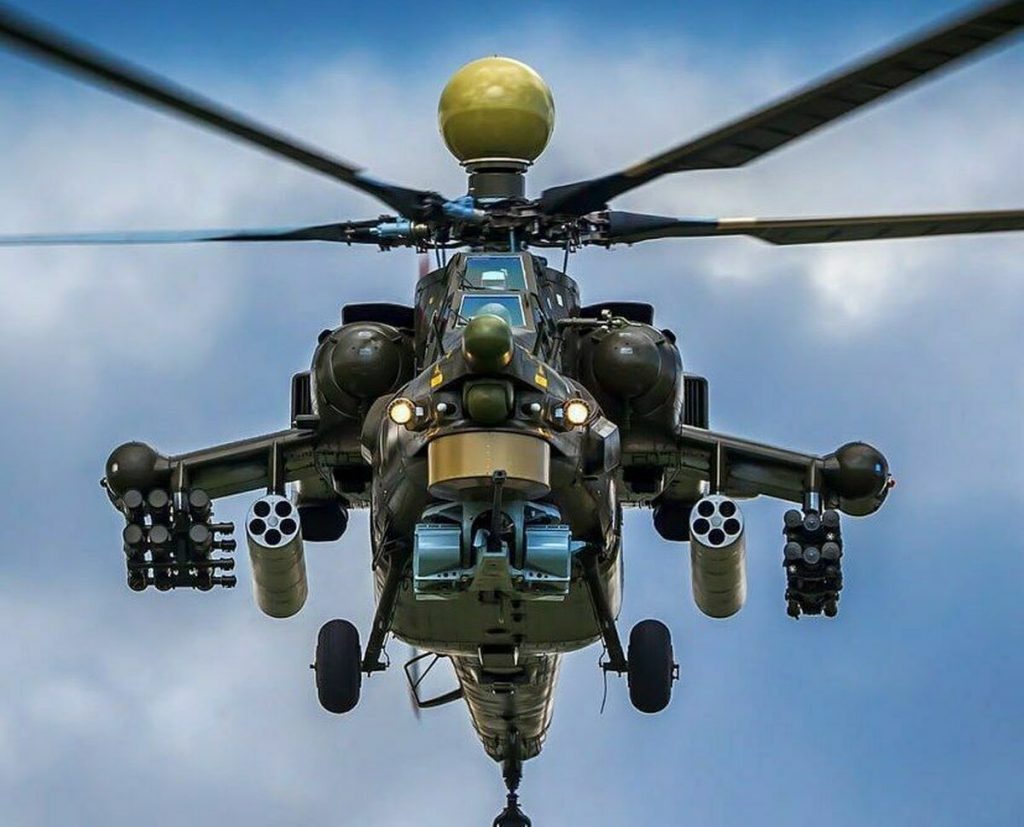
In continuation of the contradictory remarks made by Iranian officials regarding the purchase of advanced Russian Sukhoi-35 fighter jets, the successor to Iran’s defense minister has once again claimed the finalization of the deal for buying several military weapons including these fighter jets.
Mehdi Farahi told IRGC-affiliated Tasnim news agency that “Mil-28 helicopters, Sukhoi-35 fighter jets, Yak-130 training aircrafts” are supposed to enter Iran soon.
He, however, did not offer more details in this regard or about the possible delivery date of these Russian weapons to Iran.
Russian officials have offered no explanation on this issue and no independent source has confirmed the claim made by the senior Iranian military official.
The Iranian government has been seeking to acquire Russian Sukhoi-35 fighter jets for some time, seeing it as a serious rival to the American F-35 fighter jets.
The fighter jets in Iran’s military arsenal are relatively old and are mostly American fighter jets purchased decades ago during the Pahlavi era.
In 2018, Iran announced the manufacture of Kowsar domestic fighter jets for the country’s air force. Military experts hold that the Kowsar is a copy of F-5 fighter jets first made in the 1960s in the United States.
Earlier this year, Israeli media quoted Western intelligence officials saying that Russia is getting ready to provide Sukhoi-35 fighter jets to Iran “in the near future.”
But in the meantime, Iranian officials have repeatedly made contradictory remarks about buying these fighter jets.
These remarks have sparked speculation about a disruption in Russia-Iran military cooperation, with some suggesting that Israel has managed to convince Russia to withhold the delivery of these advanced fighter jets to Iran.
A few months ago, the US website Axios reported that Israeli officials have held talks with their Russian counterparts over growing military cooperation between Russia and Iran as well as the possibility of delivering advanced weapons from Russia to Iran.
Unblocking Iran’s Money in Qatari Banks Underway, Says Iranian Ambassador to Qatar
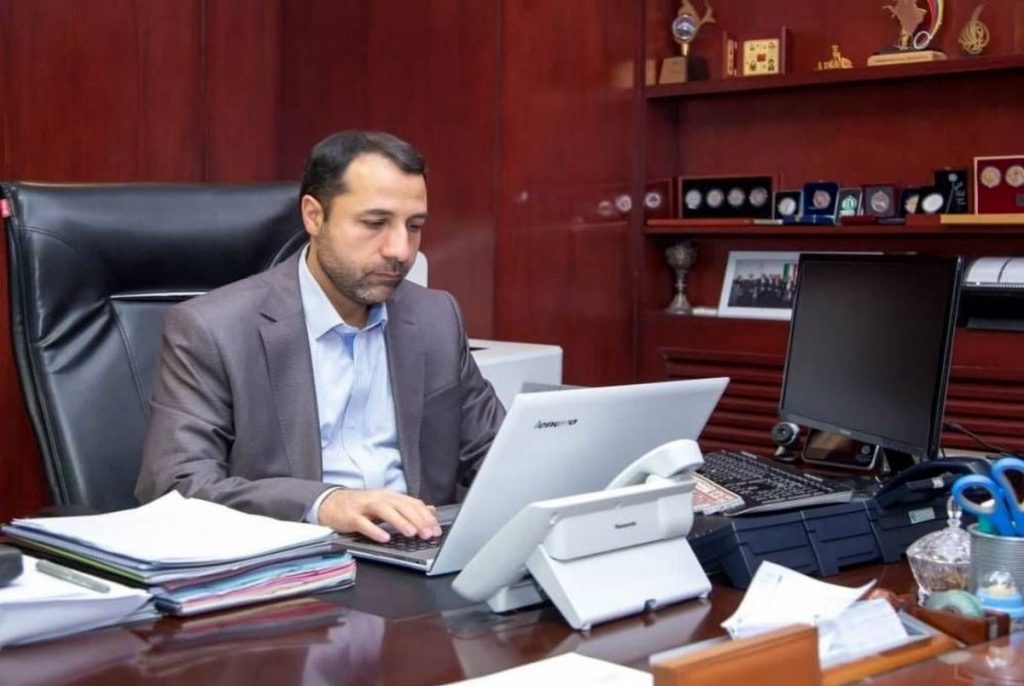
Ali Salehabadi, Iran’s new ambassador to Qatar, has said about the $6 billion of Iran’s money transferred by South Korea to Qatari banks that the banking process is underway. But ever since this money was released four months ago instead of freeing US dual national citizens who were jailed in Iran, it is not clear what has happened to it.
When in an interview with IRNA news agency, Salehabadi was asked about the claim of some US senators about Iran’s money being blocked in Qatari banks, he denied it, saying, “No such thing has happened. The money is fully accessible, and the banking process is underway and we are informed about the details. Six Iranian banks are undertaking the transaction with two Qatari banks.”
However, it is not clear how, when and after what process this money will be put in the possession of Iranian officials.
In the summer, the US Treasury Department announced that the Iranian government would receive $6 billion of its blocked money in South Korean banks. From the beginning, this money was supposed to be expended on “humanitarian items” (like drugs) but Washington’s decision faced backlash from a group of US senators.
Ever since, no exact information has been given about this money. Iran’s new ambassador to Qatar gave assurances that “our Qatari friends are resolved to facilitate this task and along with the Qatari government, we have decided on good initiatives for using these banking resources.”
He did not explain these initiatives.
Recently, Iran’s Central Bank governor said that “another part of Iran’s blocked money will be soon released and will be put in Iran’s possession.”
Despite extensive diplomatic interaction between Tehran and Doha, Qatari officials have remained silent regarding this $6 billion.
Warnings About Wave of Flu, New Variants of Coronavirus in Iran
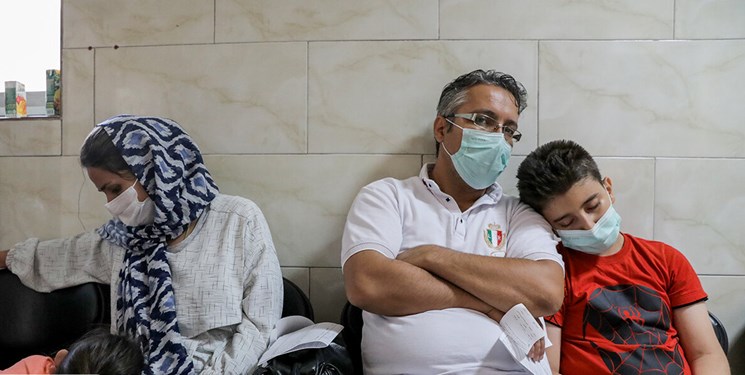
The Head of the Center for Disease Control and Prevention in the Iranian Health Ministry has warned about the spread of flu and new variants of coronavirus in the country, recommending that citizens wear masks in public places.
Shahnam Arshi, announced that 20% of common colds are diagnosed as flu, adding that last summer, 30% of colds were related to coronavirus which has now reached 5%. He explained that “the trend of respiratory diseases like the common cold, flu and new variants of coronavirus is on the rise, making the Health Ministry ask people to wear masks in public and crowded places.”
Seasonal changes, the onset of colder weather and precipitation have increased the number of colds which exacerbates the wave of respiratory diseases. Arshi gave no further explanation about the new coronavirus variants in Iran.
The World Health Organization (WHO) has announced that the EG.5 coronavirus variant is currently dominant, especially in the United States and China, urging that this variant is not more dangerous for public health than other variants.
According to Arshi, the flu has been on the rise over the past six weeks and two thirds of those hospitalized for respiratory diseases in treatment centers have been suffering from the flu. He added that hospitalized patients are mostly above 65 years of age with underlying conditions.
While a new wave of flu has spread across Iran, in recent days WHO announced that northern China has witnessed a rise in respiratory diseases similar to the flu and an increase in the number of cases of pneumonia in children since mid-October.
